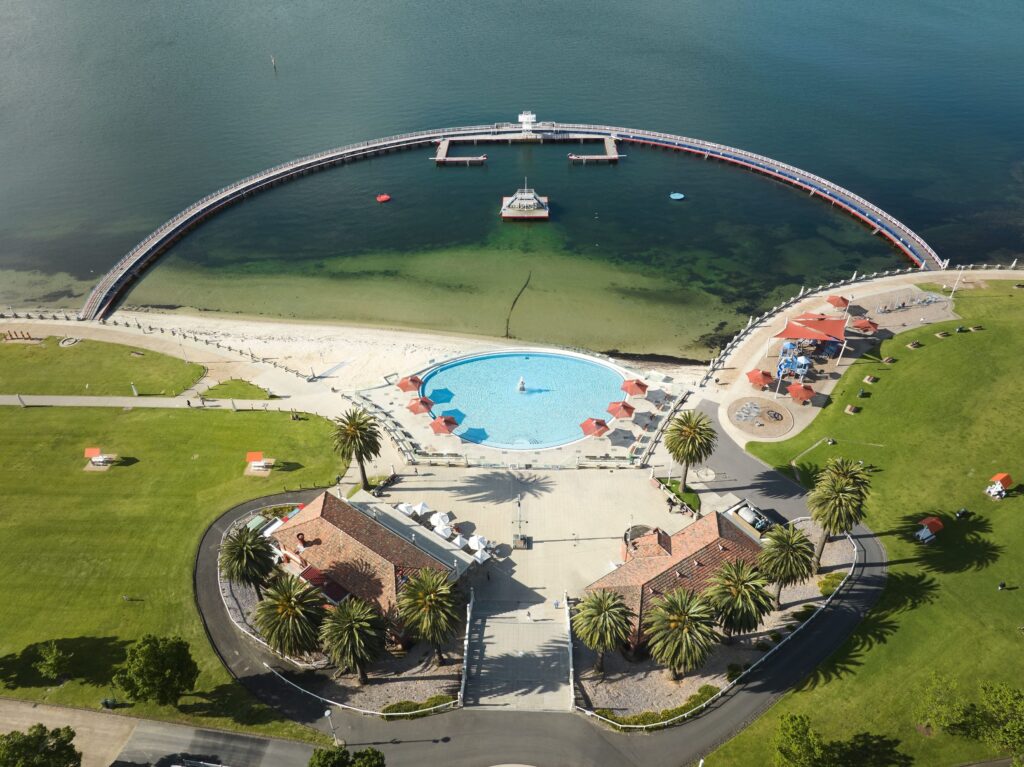What does Geelong have that the Sunshine Coast hasn’t? More people migrating to it than any other region in Australia.
That’s according to the Commonwealth Bank’s latest Regional Movers Index (RMI), a quarterly and annual report on the numbers of people moving to and from regional local government areas.
The latest RMI, a partnership between the bank and the Regional Australia Institute, showed that in the 12 months to March this year, the City of Greater Geelong recorded 9.3 per cent of total net internal migration, outstripping the Sunshine Coast’s 8.9 per cent share.
The Sunshine Coast has topped the charts for the past two years.
Geelong is already Victoria’s second largest city. It’s just as well that Kardinia Park seems to get bigger every day.
Regional Victoria captured 34 per cent of the total net inflows into all of regional Australia during the March 2025 quarter, larger than the 28 per cent share in the March 2024 quarter.
CBA Acting Executive General Manager Regional and Agribusiness Banking Josh Foster said strong population growth in Greater Geelong and other areas shows regional Victoria is vibrant.
“It’s pleasing to see annual population growth is continuing to benefit Australia’s regional economy as more people are drawn to the lifestyle and employment opportunities found beyond metropolitan areas,” he said.
Geelong’s great location, close to the bay and Surf Coast, great transport options, proximity to Melbourne, expanding services, employment opportunities and housing infrastructure was a tempting proposition for new residents and businesses.
“This is underpinned by significant government and corporate investment in the region, including the Geelong Convention Centre, which is due to be completed in 2026, and the Barwon’s Women’s and Children’s Hospital renovation and expansion expected to be completed in 2026/2027,” Mr Foster said.
“To support the demand for housing, a target of an additional 128,600 dwellings in Greater Geelong by 2051 has been set by the Victorian government. Geelong’s close proximity to Melbourne’s CBD, airports, ports and freeways eases accessibility to and from the region and offers businesses an enticing proposition, enabling them to relocate or scale their operations, while benefiting from the area’s growing skilled workforce and steady dynamic economy.”
The figures highlight a growing trend to city slickers choosing a better quality of life in the regions.
The numbers of people swapping metropolitan areas for a regional outlook 11.1 per cent since the December quarter last year, and is now 20.5 per cent above pre-COVID levels.
Geelong’s performance is part of a trend towards regional Victoria as the place to be, with Latrobe in Gippsland and Murrindindi, north-east of Melbourne, also experiencing strong growth.
Regional Victoria attracted 34 per cent of the total net flow of migration to regional Australia in the March quarter of 2025, compared to 28 per cent for the same period last year. while Queensland – allegedly beautiful one day and perfect the next – scored just 17 per cent, down from 30 per cent over the same period.
Sydney continued to record the largest net outflows of all capitals (64 per cent), but regional New South Wales had the biggest share of net regional population growth – 40 per cent.

